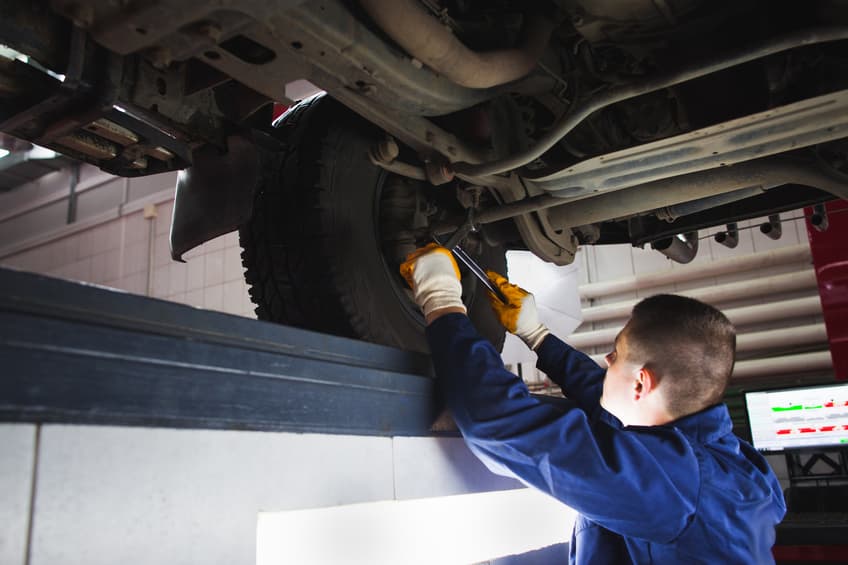
March 8, 2017
How Do Brakes Work?
Imagine: You’re driving in your car on your way home from work. The windows are down and the music is up. Suddenly, a cat darts out in front of your car. You slam your foot on the brake to avoid hitting it, and your car dutifully comes to a halt.
Braking in a time of need may seem like a miracle, but there’s actually a lot more to the science of stopping. But how does it work, exactly? What makes your brake system so reliable?
How Stopping Happens
When you’re moving, or when your car is moving, there is kinetic energy present. The heavier you are and the faster you are moving, the more kinetic energy you have. So obviously, cars have a fair amount of kinetic energy.
To stop movement, such as when a cat jumps in front of your vehicle, you must stop the kinetic energy. One way to do that is to use a parachute, which creates drag and reduces your speed. That’s how many drag racing cars work, for instance. But since you’re probably just driving in a typical vehicle, you will use brakes instead.
The Brakes in Your Car
Most cars have several types of brakes:
- Disc brake: This brake works by causing a pad of metal to clamp down against the brake disc, rubbing it to slow the vehicle down. This is similar to how a bicycle brakes.
- Drum brakes: These brakes are sometimes present in rear wheels, and have shoes that press outwards against the wheel hubs. The friction caused by this slows the vehicle.
- Handbrake: This works by applying the two rear brakes, whether disc or drum, in a slower, less forceful way.
Something to consider about a speeding automobile is that it has a lot of energy. You may be wondering what happens to that energy when you apply your brakes. Simply put, it’s transferred into heat. That heat is present in the brake pads, which is why brake pads are made with resilient materials that won’t melt.
Why Brakes Go Bad
As with any part of your car, the brakes will not last forever. They endure a lot of wear and tear, so eventually, good brakes can fall into disrepair. Replacing brake pads are a fairly simple repair, but it’s important to get any brake service done as soon as possible to avoid more costly repairs.
For starters, you should be aware of the signs and symptoms of brake failure, which may include:
- A screeching sound when you apply the brakes
- Reduced responsiveness for your brakes
- Your car pulling to one side as you brake
- Vibrations as you apply the brake pedal
The single best way to ensure healthy brakes is to have them inspected regularly, and to take them to be serviced at the first sign of trouble. Brake maintenance will help your vehicle maintain its all-important ability to stop. That’s good news for that stray cat as well as yourself!



